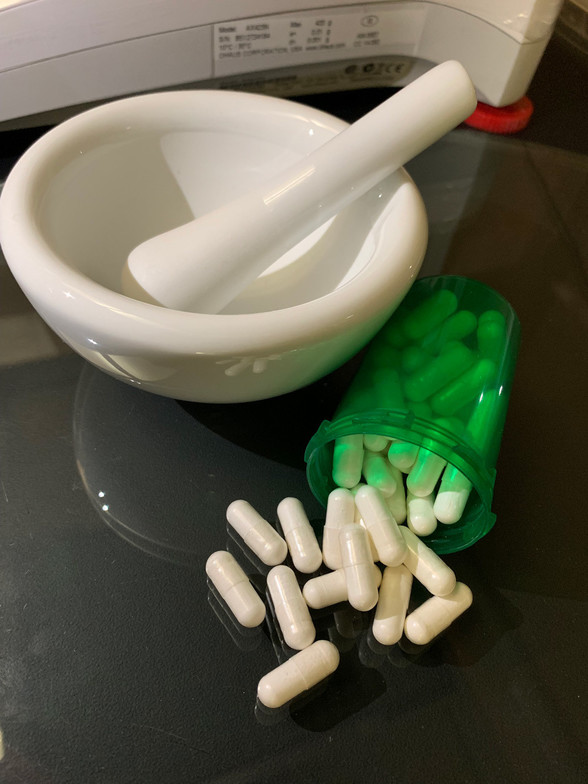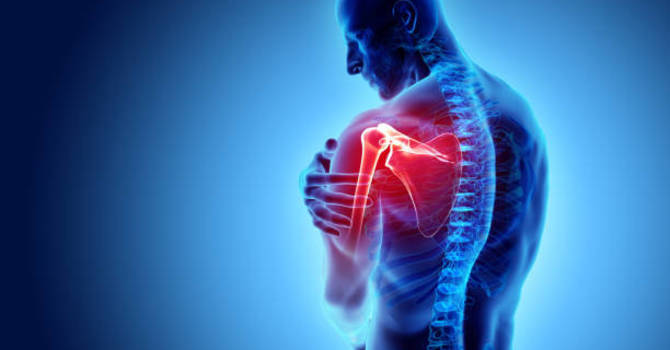
At Tulsi Wellness Club in San Diego, our functional medicine doctors are committed to exploring advanced treatments that enhance your health and well-being. One such treatment gaining attention is Low Dose Naltrexone (LDN), especially for managing insomnia. In this article, we will delve into what Low Dose Naltrexone is, provide an overview of insomnia, explain how LDN is administered, and explore how it might help with sleep issues.
What is Low Dose Naltrexone?
Low Dose Naltrexone (LDN) is a form of the medication Naltrexone, which is primarily used at higher doses to treat opioid addiction. At standard doses, Naltrexone works by blocking opioid receptors in the brain, which helps to manage cravings and withdrawal symptoms in individuals undergoing addiction treatment. However, when used at significantly lower doses—typically between 1 to 5 milligrams—LDN is utilized off-label for various conditions, including insomnia.
The mechanism of LDN at low doses involves temporarily blocking opioid receptors. This temporary blockage leads to an increase in the production of endorphins, which are natural chemicals in the body that play a crucial role in regulating mood, pain, and sleep.
What is Insomnia?
Insomnia is a common sleep disorder characterized by difficulties in falling asleep, staying asleep, or achieving restorative sleep. This condition can lead to daytime fatigue, irritability, and impaired concentration. Insomnia can be classified into different types:
- Acute Insomnia: Short-term sleep disturbances, often caused by stress, illness, or temporary changes in routine.
- Chronic Insomnia: Persistent sleep issues occurring at least three times a week for three months or more.
- Comorbid Insomnia: Insomnia associated with other medical or psychiatric conditions, such as depression or chronic pain.
How is Low Dose Naltrexone Given?
Low Dose Naltrexone is typically administered as an oral tablet, with doses ranging from 1 to 5 milligrams. The medication is generally taken at bedtime to align with the body's natural circadian rhythms and to help mitigate any potential side effects, such as vivid dreams or sleep disturbances.
At Tulsi Wellness Club, we customize the LDN treatment plan based on your specific needs and health status. Our approach ensures that the dosage and timing of LDN are optimized for your individual situation, aiming to provide the best possible outcomes.
How Does Low Dose Naltrexone Work for Insomnia?
The use of Low Dose Naltrexone for insomnia is an emerging area of research, and while it’s not yet a standard treatment for sleep disorders, there are several proposed mechanisms through which LDN might benefit individuals struggling with insomnia:
-
Endorphin Regulation: LDN increases the production of endorphins, which can have a positive effect on mood and sleep regulation. Enhanced endorphin levels may help improve overall sleep quality and reduce sleep disturbances.
-
Reduction of Inflammation: LDN may help reduce inflammation, which can be beneficial for individuals whose insomnia is linked to inflammatory conditions or chronic pain. By decreasing inflammation, LDN might alleviate some of the discomfort that interferes with sleep.
-
Mood Improvement: Since endorphins also play a role in mood regulation, LDN’s ability to boost endorphin levels may help reduce anxiety and stress, common contributors to insomnia. Improved mood can lead to better sleep.
-
Regulation of Sleep Patterns: LDN’s influence on circadian rhythms and endorphin production may help regulate sleep patterns, making it easier to fall asleep and maintain a consistent sleep schedule.
What to Expect
When starting Low Dose Naltrexone for insomnia, it’s important to have realistic expectations. Some individuals may notice improvements in their sleep within a few weeks, while others may take several months to experience significant benefits. Regular follow-up with our team is essential to monitor progress and make any necessary adjustments to the treatment plan.
Side effects of LDN are typically mild and may include temporary digestive changes or sleep disturbances. These effects often diminish as your body adjusts to the medication.
Conclusion
Low Dose Naltrexone presents a promising option for addressing insomnia, potentially offering benefits through endorphin regulation, inflammation reduction, and mood improvement. At Tulsi Wellness Club, we are dedicated to providing personalized care and exploring innovative treatments to support your overall health and well-being. If you have questions about LDN for insomnia or are considering it as part of your treatment plan, please reach out to us. Our team is here to guide you and help you achieve restful, restorative sleep.
Dr. Jace Sandell
Contact Me


